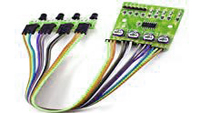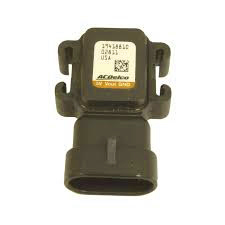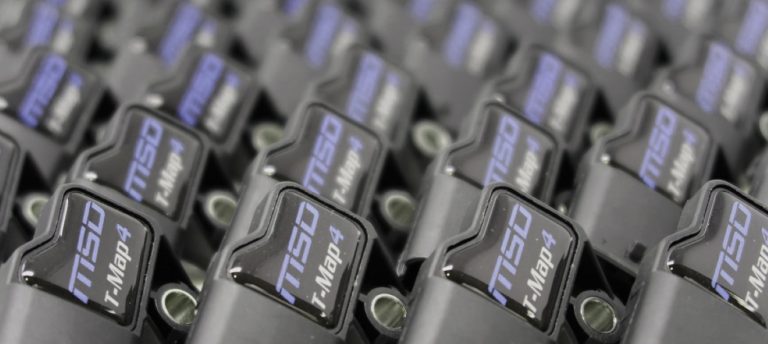GM Coolant Temp Sensor Resistance Chart
The coolant temperature sensor is an important component in the engine’s cooling system. It is responsible for measuring the temperature of the engine coolant and transmitting that data to the engine control module (ECM).
The ECM uses this information to adjust the fuel injection and ignition timing, ensuring optimal performance and efficiency. Understanding the resistance values of the coolant temp sensor is crucial for accurate temperature readings and proper engine operation.
Table of Contents
Understanding Coolant Temp Sensor Resistance
The coolant temp sensor works by measuring the resistance of a thermistor or thermocouple. These are temperature-sensitive devices that change their resistance values as the temperature changes. The coolant temp sensor is typically located in the engine block or cylinder head, in direct contact with the engine coolant.
As the temperature of the coolant rises, the resistance of the thermistor or thermocouple decreases. Conversely, as the temperature decreases, the resistance increases. The ECM reads the resistance values of the coolant temp sensor and calculates the corresponding temperature based on a predetermined curve or chart.
There are two main types of coolant temp sensors: thermistors and thermocouples. Thermistors are more commonly used in GM vehicles. They are simple devices that rely on the change in resistance of a ceramic element to measure temperature.
Thermocouples, on the other hand, use two different metals to generate a voltage that is proportional to the temperature difference between the two metals.
GM Coolant Temp Sensor Resistance Chart
A GM coolant temp sensor resistance chart provides a comprehensive list of the resistance values of the sensor at different temperatures. This chart is typically included in the vehicle’s service manual and can also be found online.
The chart lists the resistance values in ohms (Ω) for a given temperature range. For example, at 32°F, the resistance value for a typical GM coolant temp sensor is around 9,600 Ω. At 212°F, the resistance value drops to around 185 Ω.
To use the chart, you need to measure the resistance of the coolant temp sensor using a multimeter. Then, refer to the chart to find the corresponding temperature based on the measured resistance value.
It’s important to note that the resistance values listed in the chart are for a typical GM coolant temp sensor. Actual values may vary depending on the specific sensor model and manufacturer.
| Temperature (°F) | Resistance (Ω) |
| -40 | 100,000 |
| -20 | 45,000 |
| 0 | 19,800 |
| 20 | 9,900 |
| 32 | 9,600 |
| 40 | 7,500 |
| 60 | 3,400 |
| 80 | 1,800 |
| 100 | 1,000 |
| 120 | 700 |
| 140 | 460 |
| 160 | 320 |
| 180 | 225 |
| 200 | 160 |
| 212 | 185 |
Please note that this is a sample chart, and the actual resistance values may vary depending on the specific sensor model and manufacturer. It is important to refer to the appropriate chart for your specific GM vehicle model.
Common Issues with Coolant Temp Sensors
Coolant temp sensors can fail or malfunction for a variety of reasons. Some common issues include sensor failure, incorrect readings, and corrosion.
Sensor failure can occur due to age, wear and tear, or exposure to extreme temperatures or vibrations. A failed sensor can result in inaccurate temperature readings, which can cause the engine to run too hot or too cold, leading to reduced performance and potential engine damage.
Incorrect readings can also occur due to a faulty sensor or wiring issues. This can cause the ECM to adjust the fuel injection and ignition timing incorrectly, leading to poor engine performance and reduced fuel efficiency.
Corrosion is another common issue with coolant temp sensors. Over time, the sensor can become corroded due to exposure to coolant or moisture. Corrosion can cause the resistance values to fluctuate, leading to incorrect temperature readings and potentially damaging the engine.
Diagnosing and troubleshooting coolant temp sensor issues involves testing the sensor’s resistance values with a multimeter, checking the wiring connections, and inspecting the sensor for physical damage or corrosion.
Replacement and Maintenance of Coolant Temp Sensors
If the coolant temp sensor has failed or is malfunctioning, it will need to be replaced. Replacement involves removing the old sensor, installing the new sensor, and reconnecting the wiring.
It’s important to use the correct sensor for your GM vehicle model and to follow the manufacturer’s instructions for proper installation.
In addition to replacement, regular maintenance of the coolant temp sensor is important for proper engine operation. This includes checking the wiring connections for corrosion or damage, cleaning the sensor to prevent corrosion buildup, and checking the sensor’s resistance values periodically to ensure accurate temperature readings.
Conclusion
The GM coolant temp sensor resistance chart is a valuable tool for understanding the resistance values of the sensor and maintaining proper engine operation. Understanding the principles of how the coolant temp sensor works, common issues that can arise, and the maintenance required to keep it functioning properly is crucial for keeping your GM vehicle running smoothly.






